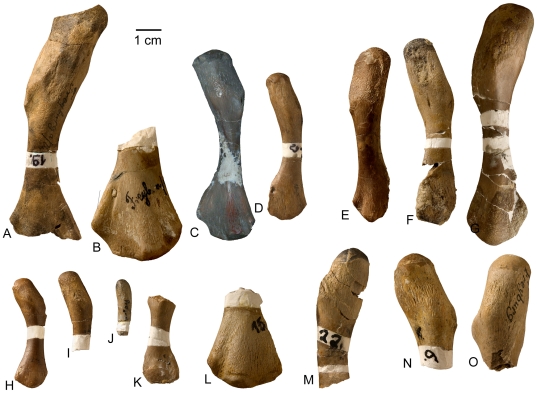Figure 4. Cymatosaurus humeri morphotype I and II, and unassigned “pachypleurosaur” humeri showing histotype A bone tissue from Freyburg and Winterswijk localities in dorsal view.
A–D) “Pachypleurosaur” humerus morphotype I. A) Left humerus IGWH-19, B) right humerus IGWH-20, C) right humerus NMNHL RGM 449487, which is the counterpart of the sampled left humerus (IGWH-19), and D) right humerus IGWH-29. The arrow in B and C marks the proximally shifted entepicondyle characteristic for this morphotype. E–G) “Pachypleurosaur” humerus morphotype II. E) Left humerus NMNHL ST 445912, F) right humerus IGWH-1, and G) left humerus IGWH-26/27. H) Right humerus IGWH-11. I) Right humerus IGWH-12. J) Right humerus IGWH-16. K) Left humerus IGWH-10. L) Left humerus IGWH-15. M) Left humerus IGWH-22. N) Right humerus IGWH-6. O) Left humerus IGWH-31. The humeri illustrated in samples H–O are not assigned to a “pachypleurosaur” humerus morphotype. White plaster marks sampling locations.

